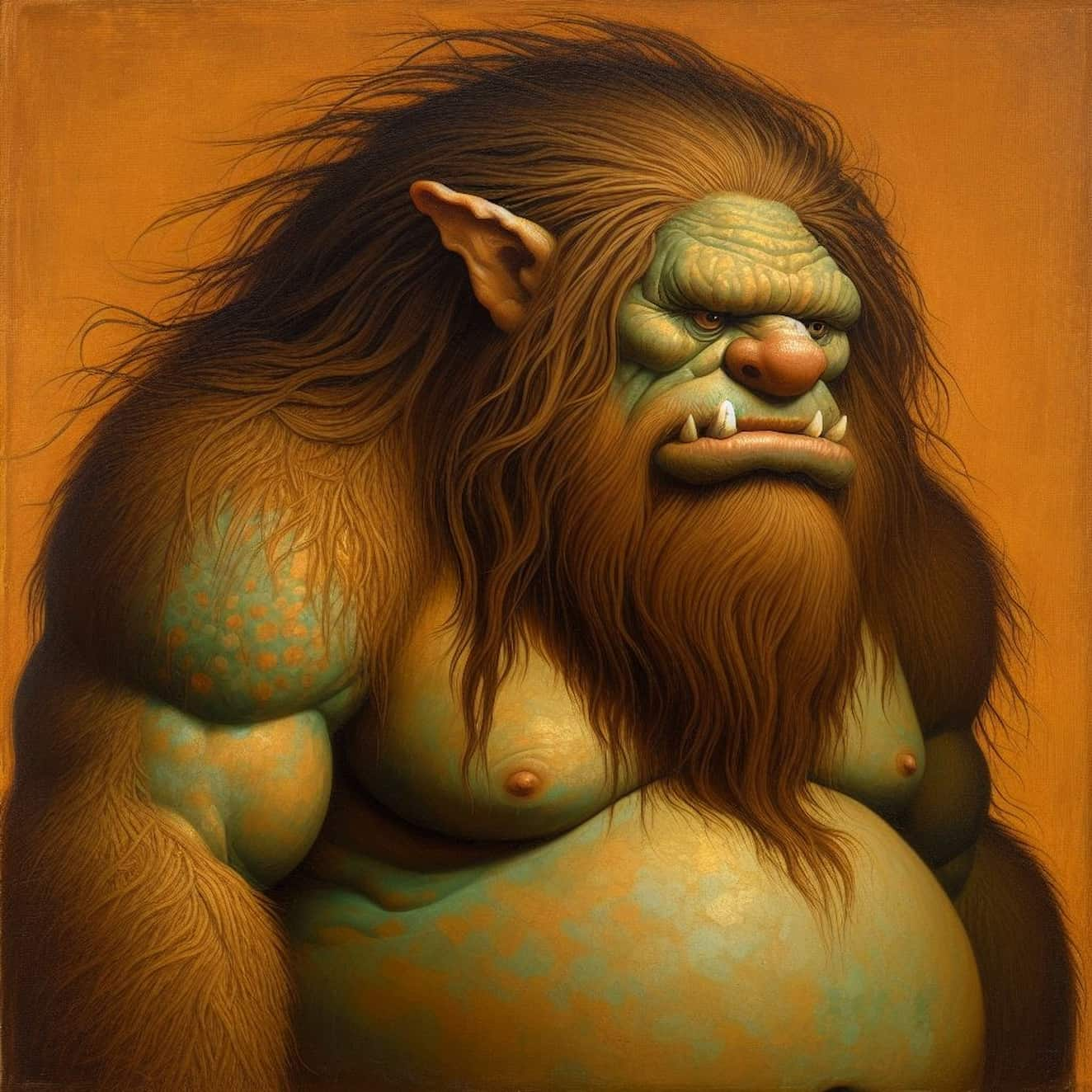Ogre: In Folklore, Fairy Tales, and Mythology
For political reasons, the word "ogre" has been used metaphorically for some historical figures. For example, Napoleon's opponents used the term for him.

For political reasons, the word "ogre" has been used metaphorically for some historical figures. For example, Napoleon's opponents used the term for him.

